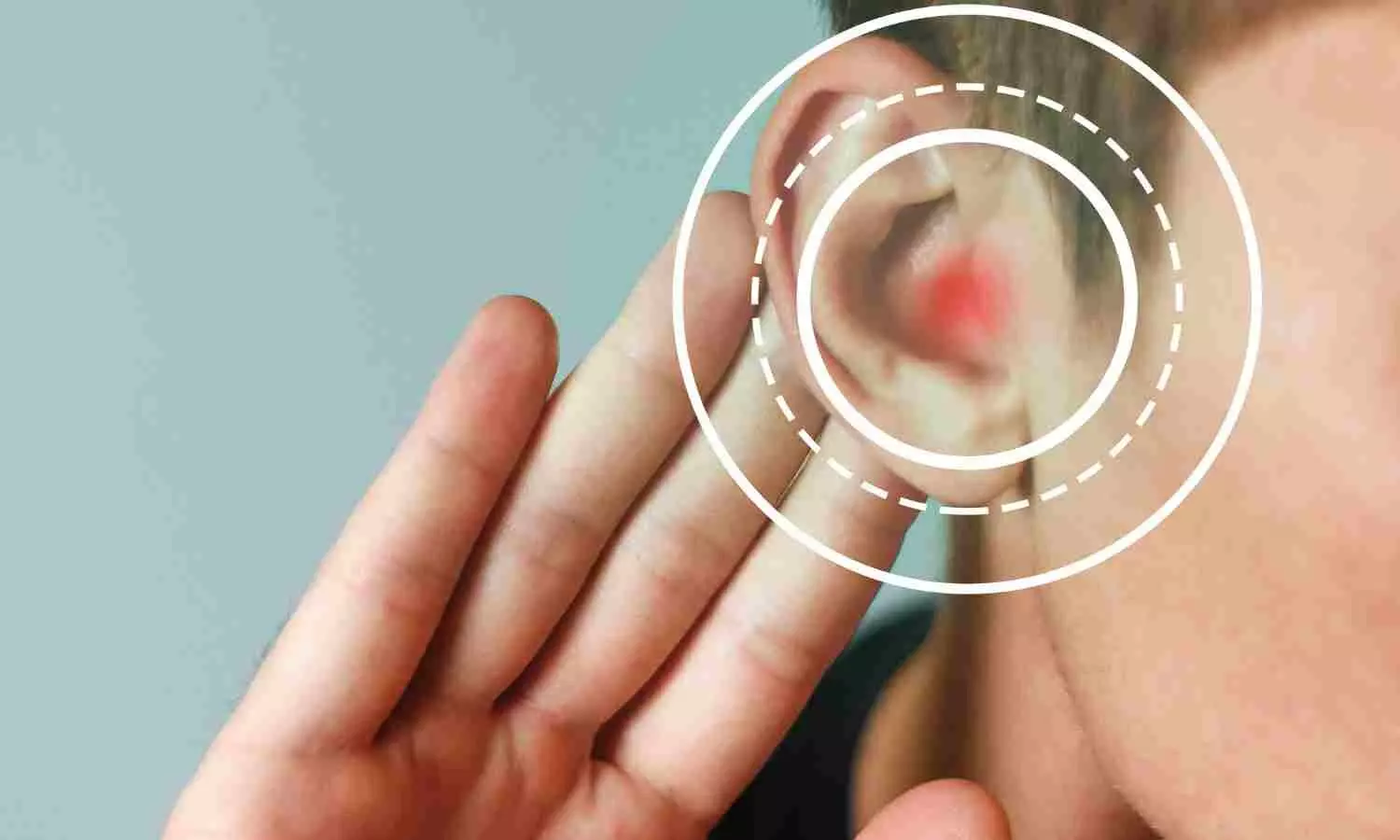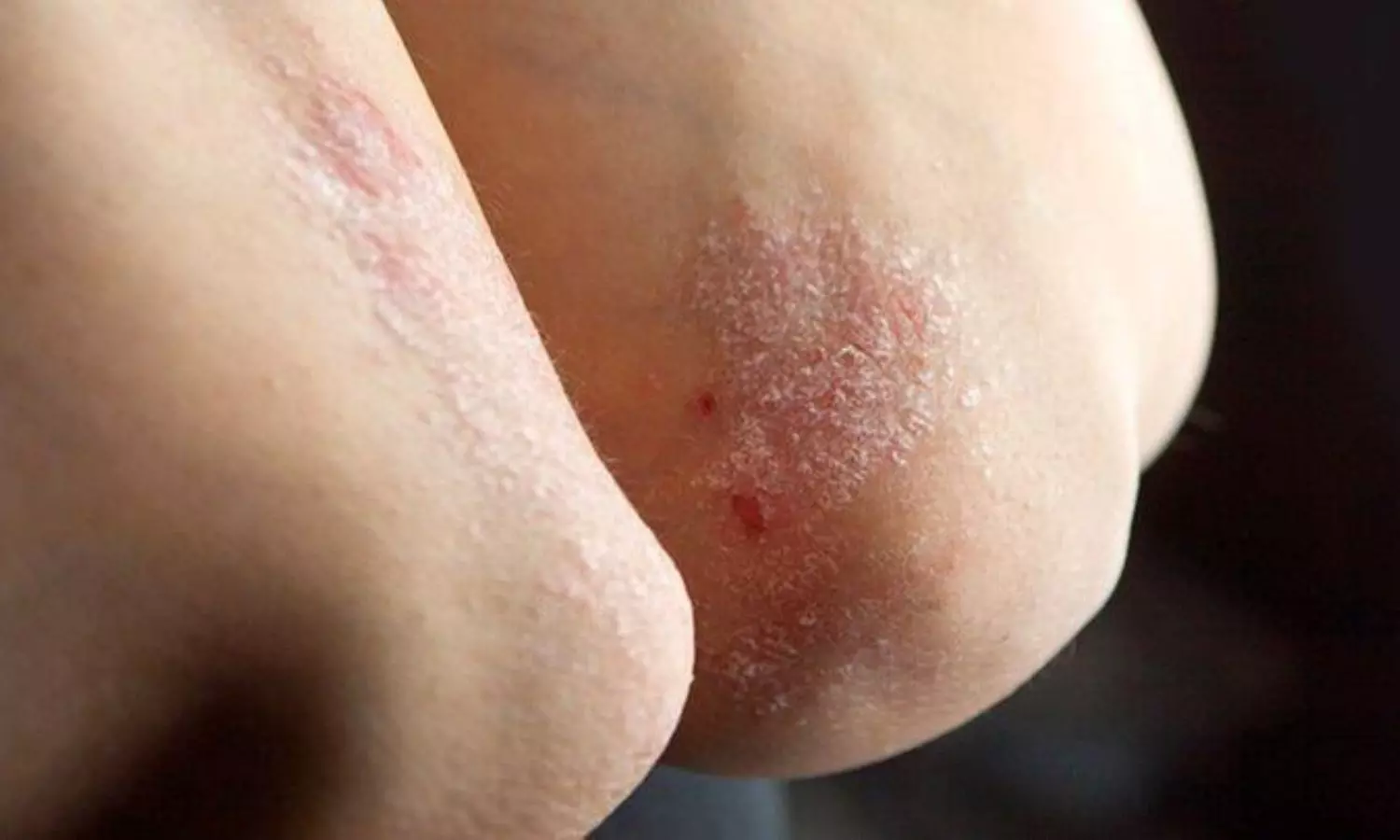Imposter Syndrome among Orthopaedic Surgery residents extremely common and disproportionately affects female residents: study

Imposter syndrome is a psychological phenomenon in which individuals experience persistent self-doubt and feelings of inadequacy despite achieving objective measures of success. This phenomenon is associated with lower job satisfaction, increased rates of burnout, and reduced productivity.
Harsh Wadhwa et al conducted a study to determine the prevalence of imposter syndrome among orthopaedic surgery residents and determine whether specific individual or residency characteristics predict higher rates of imposter syndrome.
The study was performed at the Department of Orthopaedic Surgery, Stanford University Medical Center, Stanford, California.
An anonymous survey was distributed to residents at 7 ACGME-accredited orthopaedic surgery residencies by the authors. Respondents provided deidentified demographic data and completed the Clance Imposter Phenomenon Scale (CIPS) assessment. CIPS scores were used to categorize imposter syndrome severity as none to mild, moderate, significant, or intense. Differences were calculated and compared using t-test and x2 analyses. Multivariable regression analysis was used to identify predictors of increased symptom severity.
The key findings of the study were:
• One hundred orthopaedic surgery residents completed the survey.
• Forty percent of respondents were female, and the mean age was 30.6 ± 2.8 years.
• The prevalence of significant or intense imposter syndrome was 73%.
• CIPS scores and significant or intense imposter syndrome did not vary by age, gender, sexual orientation, race/ethnicity, level of training, program region, research year, non-MD degrees, and Step 1, Step 2, or Orthopaedic In-Training Examination (OITE) scores on univariable analyses.
• On multivariable analysis, female residents were 5.64 (OR = 5.64 [1.04-30.63]) times more likely to have significant or intense imposter syndrome (p = 0.045).
• Residents at western programs were 0.13 (OR = 0.13 [0.02-0.90]) times as likely to experience significant or intense imposter syndrome (p = 0.039).
• Women (estimate = 8.72 [1.41-16.04]; p = 0.0201) and those with OITE scores in the 0 to 25th (estimate = 11.92 [0.29- 23.54]; p = 0.0446) and 51st-75th (estimate = 12.73 [2.79-22.67]; p = 0.0128) percentiles had higher CIPS scores.
The authors concluded that – “Imposter syndrome is highly prevalent among orthopaedic surgery residents, with significant or intense symptoms affecting 73% of those surveyed. Female gender and lower OITE scores were associated with increased imposter syndrome severity, while training at an orthopaedic surgery residency program in the West was associated with decreased imposter syndrome. Additional research is needed to identify effective interventions to address imposter syndrome and minimize its effects on individuals’ careers. Implementing focused initiatives to address imposter syndrome may help alleviate burnout and promote both career fulfillment and professional growth.”
Further reading:
Imposter Syndrome Among Orthopaedic Surgery Residents is Extremely Common and Disproportionately Affects Female Residents
Harsh Wadhwa et al
JBJS Open Access 2025:e24.00132.
http://dx.doi.org/10.2106/JBJS.OA.24.00132
Powered by WPeMatico















